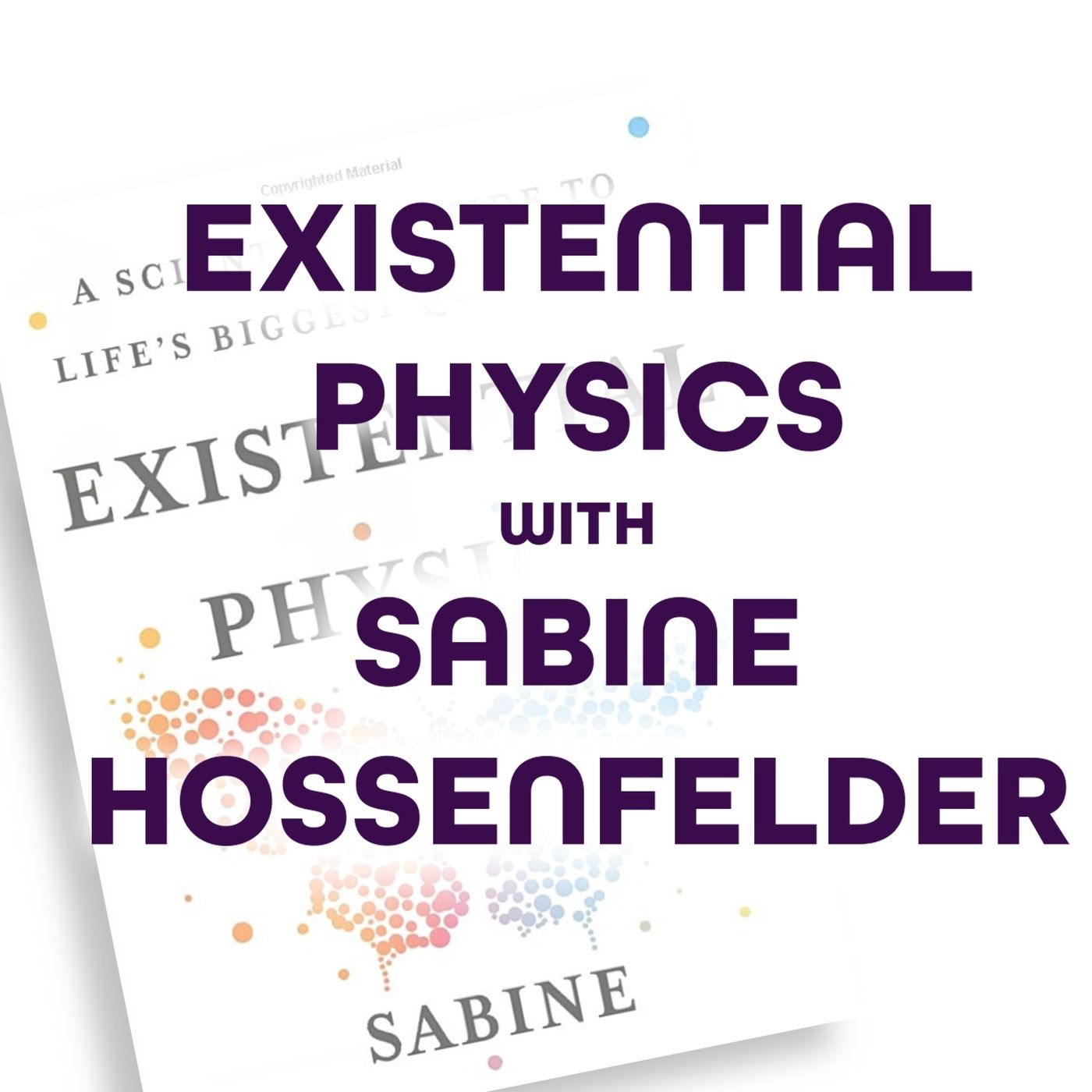In this captivating episode of Breaking Math, hosts Gabriel and Autumn dive deep into chaos theory—a fascinating branch of mathematics that explores the behavior of complex systems highly sensitive to initial conditions. They break down the butterfly effect, revealing how tiny variations can lead to major consequences and discuss the inherent unpredictability in weather forecasting and the financial markets. The episode also uncovers chaos theory's influence on human physiology, such as heart rate variability, and the mathematical beauty of fractals. Additionally, the hosts explore philosophical viewpoints, emphasizing how accepting life's uncertainties can foster adaptability and resilience.
Key Takeaways:
Chaos Theory: Small actions can trigger significant outcomes, impacting everything from nature to human-made systems.
Butterfly Effect: Demonstrates how tiny differences in initial conditions can lead to vastly different outcomes.
Weather Forecasting: An excellent real-world illustration of chaos theory, showing how unpredictable weather can be.
Financial Markets: A reminder of the chaotic, complex forces that drive economic shifts and unpredictability.
Human Physiology: Chaos theory sheds light on natural processes, like the variability of heart rhythms.
Fractals: These intricate patterns showcase self-similarity and are visually striking examples of chaos in nature.
Philosophical Implications: Embracing chaos and uncertainty equips us to be more adaptable and creative.
Life's Unpredictability: A reflection of chaotic systems, reminding us to value flexibility. Interconnectedness: Understanding chaos theory enhances our appreciation of how interwoven our world truly is.
Keywords: Chaos Theory, Butterfly Effect, Weather Forecasting, Economics, Fractals, Unpredictability, Complex Systems, Human Physiology, Philosophical Implications, Adaptability.
Become a patron of Breaking Math [https://www.patreon.com/breakingmath] for as little as a buck a month
Follow Breaking Math on Twitter [https://x.com/breakingmathpod], Instagram [https://www.instagram.com/breakingmathmedia/], LinkedIn [https://www.linkedin.com/company/breaking-math/], Website [https://breakingmath.io/], YouTube [https://www.youtube.com/@BreakingMathPod], TikTok [https://www.tiktok.com/@breakingmathmedia]
Follow Autumn on Twitter [https://x.com/1autumn_leaf] and Instagram [https://www.instagram.com/1autumnleaf/]
Follow Gabe on Twitter [https://x.com/TechPodGabe].
Become a guest here [https://www.breakingmath.io/contact]
email: breakingmathpodcast@gmail.com

 United States
United States























very informative.... thanksss
If you have the same problem, visit https://brighterly.com/5th-grade-math/, where specialists will assist your children in learning mathematics. It is important to note the reasonable prices on this site, as well as the high qualification of specialists. I don't trust private tutors because it's very inconvenient and time-consuming, so I tried for a long time to find good Internet sites to help children study school subjects.
If you're looking for the best math for kids book, there are a few things to keep in mind. Toddlers can already grasp basic math concepts. In order to make math more fun, teach them simple math concepts through play and daily experiences. For older children, you can introduce more complex math concepts with https://www.frolicplayspace.com/target-10/ age-appropriate activities. However, if your child is just starting kindergarten, you may want to look for a more fun math book.
I teach mathematics at one of the universities in my city. Last week I searched the Internet for various interesting articles and tasks for a story at the university. In the end, I found a very useful website that contains a large number of different articles and facts related to mathematics. One of them was - https://artdroid.com/what-are-the-factors-of-7/ . It seemed to me a good material for students. I advise you to study it too.
What a fun episode! The name "Peirce" in "peirce quincuncial projection" is pronounced like "purse", after the 19th century philosopher-logician Charles Sanders Peirce.
Fascinating conversation.
I really wish there was another podcast that goes over the same topics but without Sophia hosting. She is not great at explaining concepts. There is the tendency to do the typical thing of trying to simplify ideas, but in the process end up making it too obscure to really understand. Case in point is the fact that her mom (who teaches math) can't understand what is being explained.
Good episode content. A couple things: much of the discussion about the individual axioms become convoluted with the language and examples that are used. The point is to either clearly state the axiom or provide examples that simplify the understanding, not complicate it. Also, Gödel is roughly pronounced "GER-dle", not "go-DELL."
Thank y'all for this episode... I've been down and depressed for a sec, this brought me back...thanks for the knowledge, laughs, and time taken for doing this during everything.love
False assumptions, bad conclusions. What about the modern example of Jaime Escalante and his ability to challenge elitism to economically challenged young adults with no time to study? Still they overcame it. Why? They wanted something enough to MAKE time for it and they had a teacher that demanded discipline.
Awesome
keep up the good work, love from UK
wonderful
Just what i was looking for, although I can barely keep up sometimes, since my knowledge in math isn't great. Still super interesting!
Lohnverstoß
Great podcast!
it's superb.. loved it.. the creators of this podcast are great :)